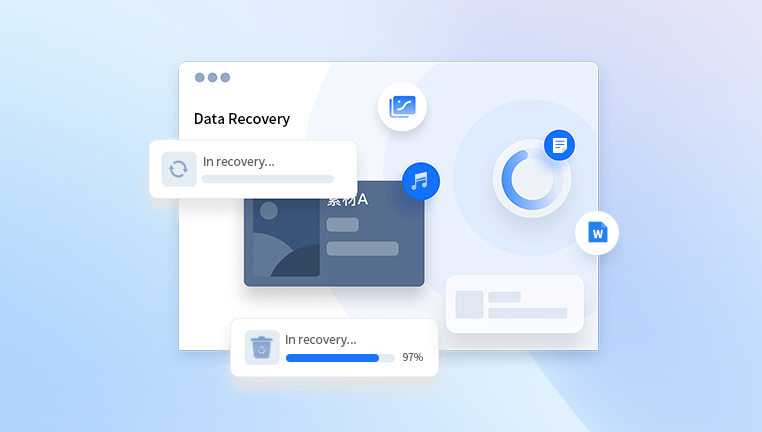Recovering a corrupted PowerPoint (PPT) file can be a critical task, especially if it contains valuable data or an important presentation. There are various methods to attempt recovery, both online and offline.
1. Understanding File Corruption
File corruption can occur due to various reasons such as unexpected shutdowns, software crashes, virus attacks, or hardware failures. When a PPT file gets corrupted, it might not open at all, or it might open with some missing or unreadable content.

2. Initial Steps to Try
Before using advanced tools, you can try some basic steps to see if the issue can be resolved:
a. Restart Your Computer
Sometimes, simply restarting your computer can resolve minor issues with software and files.
b. Try Opening the File in Safe Mode
Open PowerPoint in Safe Mode to see if the file opens. To do this, hold the Ctrl key while clicking on the PowerPoint icon to start the application in Safe Mode.
c. Copy and Rename the File
Create a copy of the corrupted PPT file and give it a new name. This can sometimes bypass the corruption.
3. Using PowerPoint’s Built-in Repair Features
PowerPoint has some built-in features that can help repair corrupted files:
a. Open and Repair
Open PowerPoint.
Go to File > Open.
Select the corrupted file.
Click the drop-down arrow next to the Open button and select Open and Repair.
b. Insert Slides into a New Presentation
Open a new, blank PowerPoint presentation.
Go to Home > New Slide > Reuse Slides.
Browse for the corrupted file and attempt to insert the slides into the new presentation.
4. Using Online Tools
Several online tools can help recover corrupted PPT files. Some popular ones include:
a. Online File Repair Tools
OfficeRecovery Online: OfficeRecovery Online
Repair My Office: Repair My Office
Online File Repair: Online File Repair
These tools usually require you to upload the corrupted file and then provide a repaired version for download.
5. Using Desktop Recovery Software
If online tools don’t work, you can try desktop software specifically designed for file recovery:
a. Stellar Repair for PowerPoint
Download and install Stellar Repair for PowerPoint.
Launch the application and select the corrupted PPT file.
Click Scan to start the repair process.
Preview the repaired file and save it.
b. DataNumen PowerPoint Recovery
Download and install DataNumen PowerPoint Recovery.
Open the application and select the corrupted file.
Click Start Repair to begin the process.
Once repaired, save the file.
6. Manual Recovery Methods
If the above methods don’t work, you can try some manual recovery methods:
a. Extract the Contents Manually
PowerPoint files are essentially zip archives. You can try to extract the contents manually:
Make a copy of the corrupted PPT file.
Change the file extension from .pptx to .zip.
Extract the zip file using any archive tool (e.g., WinRAR, 7-Zip).
Look for the ppt folder which contains all the slides and media files.
b. Recover from Temp Files
PowerPoint may save temporary versions of your file:
Look for files with the extension .tmp in the folder where your original file was saved or in the system’s temporary folder.
Rename the extension from .tmp to .pptx and try opening the file.
7. Professional Data Recovery Services
If none of the above methods work, you might need to consult a professional data recovery service. They have advanced tools and techniques to recover data from severely corrupted files.
a. Finding a Data Recovery Service
Search for local data recovery services.
Look for online reviews and ratings.
Contact them to inquire about their PowerPoint file recovery services.
8. Preventing Future Corruption
To prevent future file corruption, follow these best practices:
a. Regular Backups
Always keep backup copies of important files on different storage media or cloud services.
b. Use Reliable Storage Media
Use high-quality and reliable storage devices to minimize the risk of corruption.
c. Avoid Interruptions
Avoid shutting down your computer or closing PowerPoint abruptly while saving or working on a presentation.
d. Install Antivirus Software
Keep your antivirus software up to date to protect against malware that can cause file corruption.
e. Update Software
Regularly update PowerPoint and your operating system to ensure you have the latest security patches and features.




